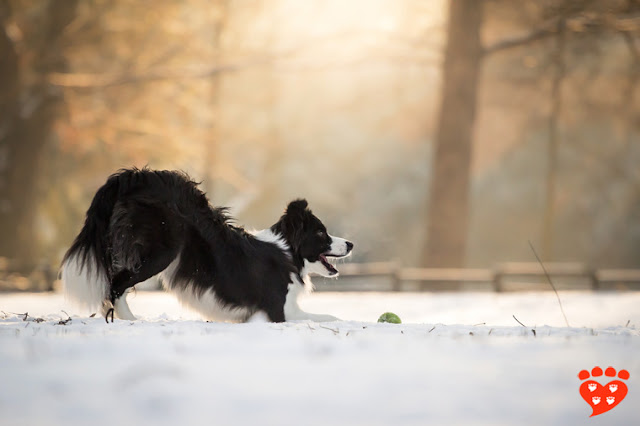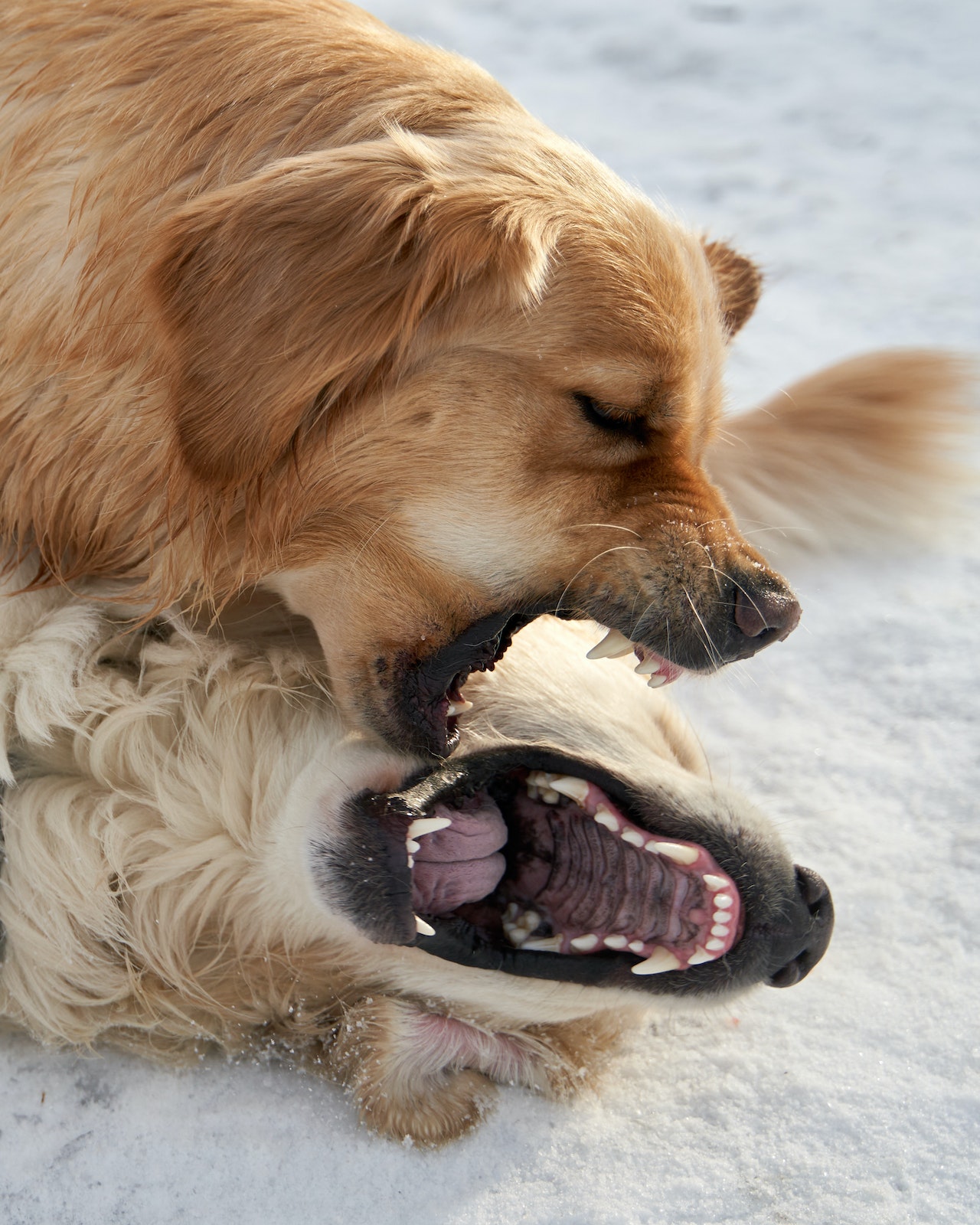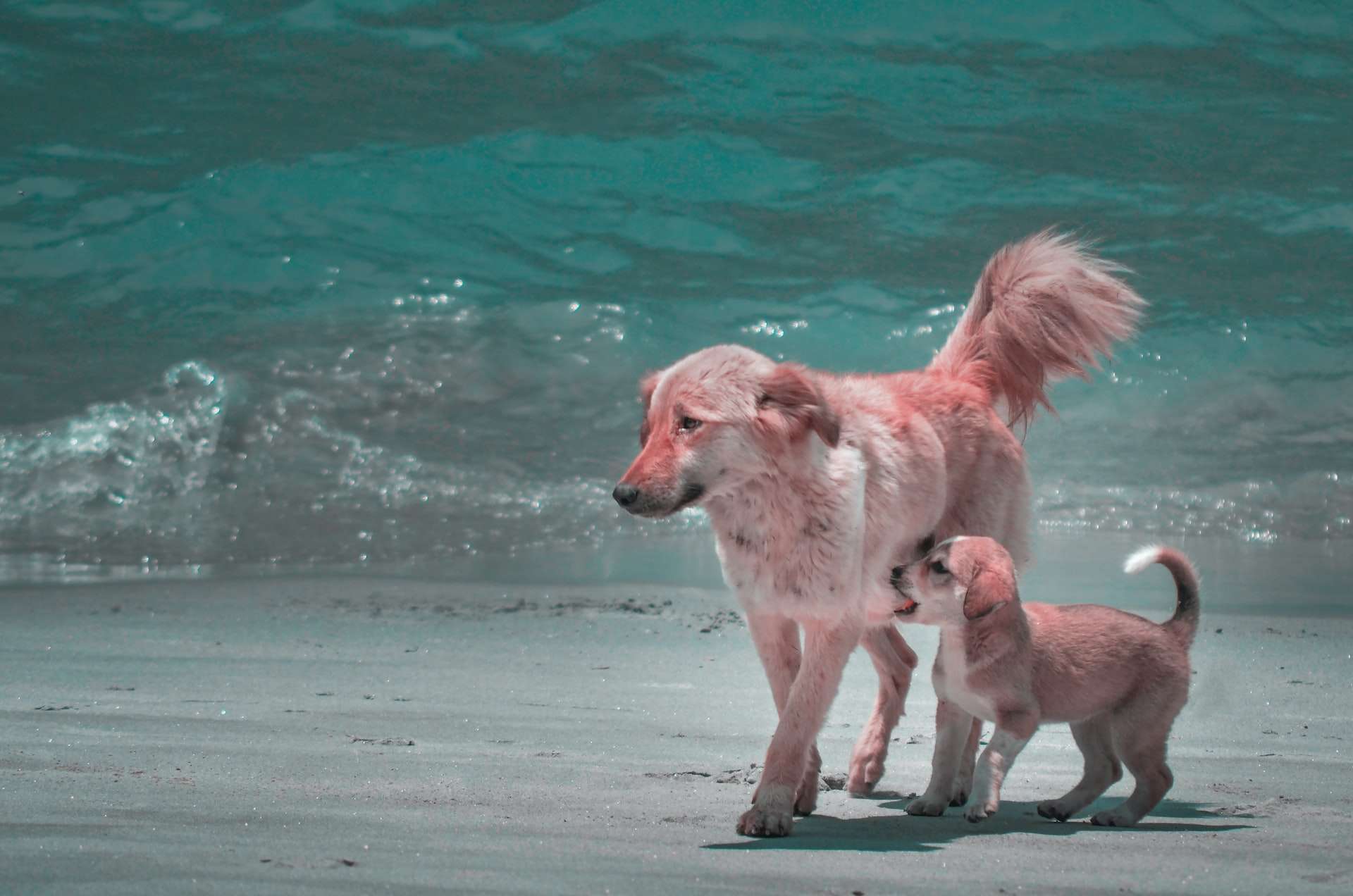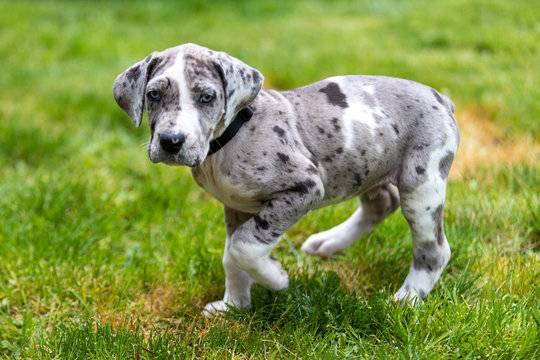
If you’ve recently welcomed a Great Dane into your family, you may be wondering how to ensure they have positive interactions with other dogs. Socialization

If you’ve recently welcomed a Great Dane into your family, you may be wondering how to ensure they have positive interactions with other dogs. Socialization

December is a popular time to get a new Great Dane puppy. I believe that a lot of this is related to the Holidays; puppies

A dog play bow is a friendly gesture that dogs typically use when they want to invite another dog to play. The gesture is made

Many pet owners who have experienced fighting dogs wonder how to stop two dogs from hurting one another or if there is a safe way

Introducing a puppy to an older dog can be stressful, but bringing a puppy home is so much fun! If you have an older dog

A while back I posted a blog post about our puppy Figaro obtaining his AKC S.T.A.R. puppy award. If you haven’t guessed yet, we are


Great Dane puppies start off small, sleepy and sweet. It’s only a matter of months before they are larger than most dogs (80-100 lbs by

Knowing what to expect with a Great Dane puppy is near to impossible! There is almost nothing more special (and unpredictable) than a Great Dane

Great Dane puppies are like little gremlins!!!! Even though Great Dane puppy biting is very normal, but can be very hard to handle. If you